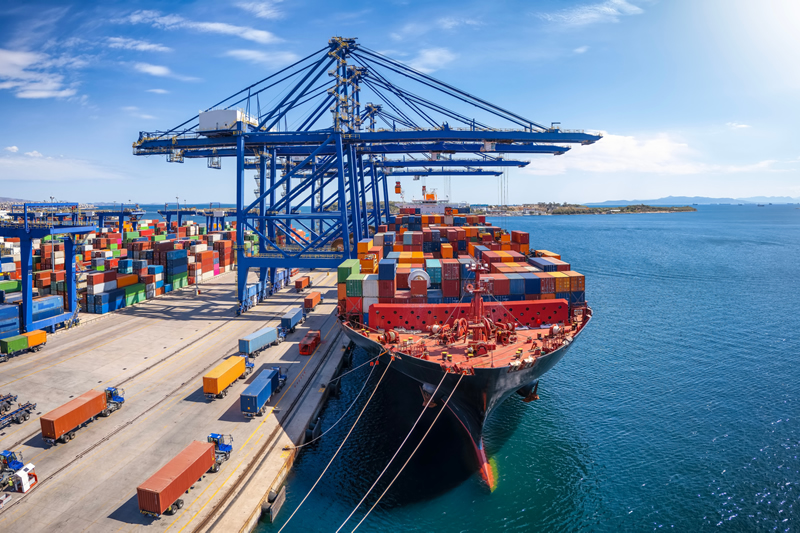The IMO Must Tighten Rules On Shipping Carbon Emissions
22
Most global trade relies on shipping, which accounts for about 3% of global climate emissions due to heavy fuel use. One of the simplest and most effective ways to cut these emissions is to slow ships down. A 10% speed reduction can cut a ship’s emissions by nearly 20%, even if more ships are needed overall. This strategy requires no new technology and can be implemented immediately.

Cutting fuel use also reduces other harmful byproducts, like health-damaging particulates and oily sludge, which is often illegally dumped at sea. It also lessens the toxic waste generated by exhaust gas scrubbers, a largely unregulated and growing source of marine pollution.
Few actions offer such broad environmental benefits. Recent IMO meetings must seize this moment to adopt bold climate measures, including a global low-GHG fuel standard and a levy on ship emissions, to steer the shipping industry toward a cleaner, fairer future. An IMO working group met in London recently to discuss strategies for cutting greenhouse gas emissions from shipping, including a potential carbon tax. While the IMO is looking to approve emissions reduction measures at its Marine Environment Protection Committee meetings in the Spring, it is yet to commit to a carbon levy.
Supporters of a levy disagree on the price. Some suggest $20 per tonne of CO2, the EU proposes $100, and the 6PAC+ group of island nations advocates for $150. Research from University College London indicates that a $150 starting price could generate enough revenue to fund the energy transition and support a fair, equitable shift for vulnerable communities.
#Protea #Emissions #Monitoring #CEMS #FTIR #Gas #Analysers #Shipping #Marine #Carbon #Capture
Other Articles
Global Underground CO2 Storage Data Offers Hope Amid Rising Emissions
01
IMO Postpones Adoption Of Global Net-Zero Shipping Framework
04
Pioneering Carbon Capture Projects Ready For Construction
03
Methanol & Ammonia Deemed Ready As Zero-Emission Shipping Fuels
01
Carbon Capture Storage Reaching A Turning Point In Decarbonisation
13
CCS To Capture 15% Of Shipboard Carbon Emissions By 2050
29
Global Shipping Industry Struggles To Navigate Net Zero Transition
21
Carbon Capture Surges as Economics Policy & Industry Demand Align
14
GHG Emissions At Ports On The Rise Despite Initiatives
07
Carbon Capture Utilisation & Storage In A Nutshell
30